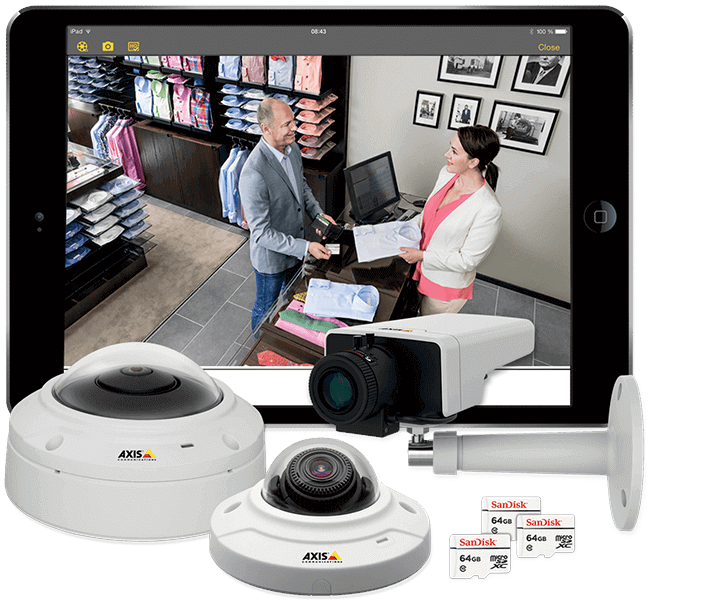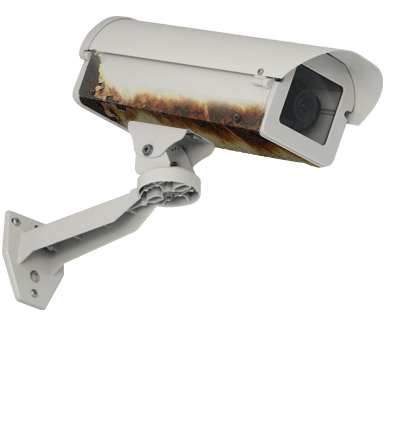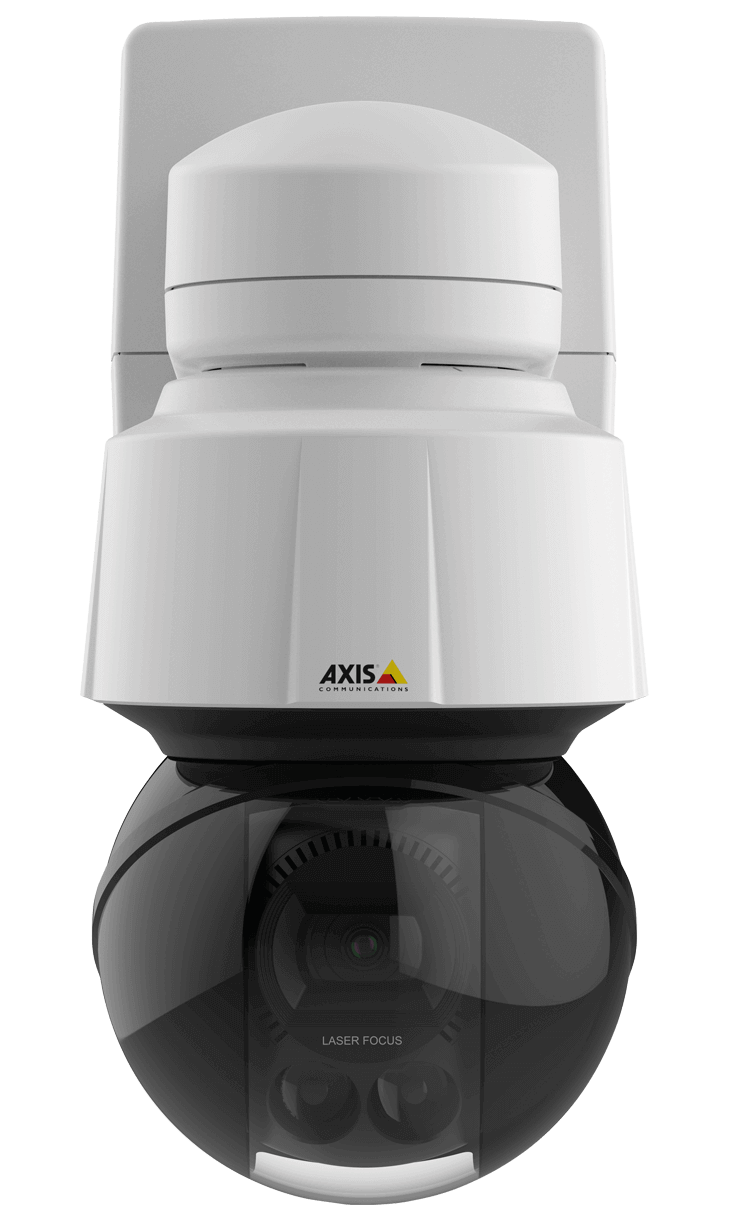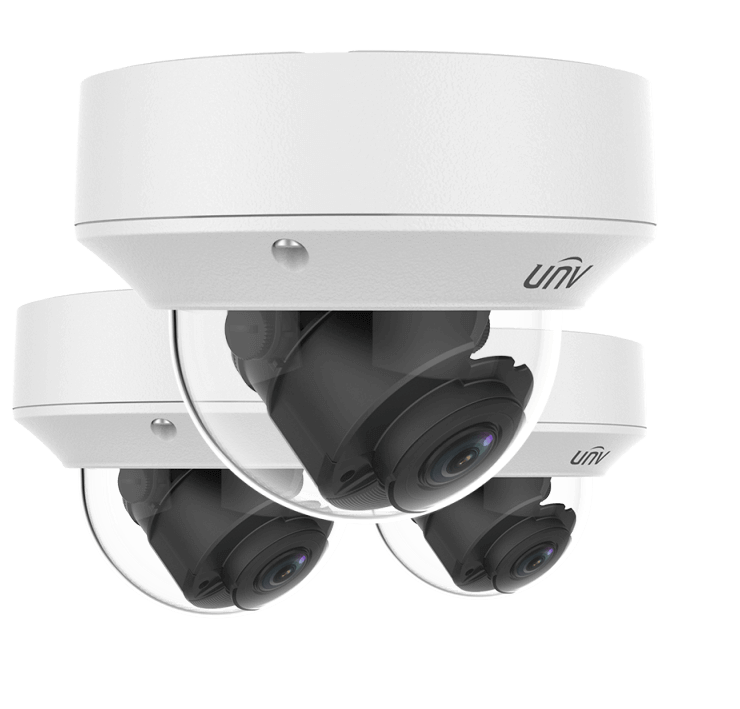IP Security Surveillance
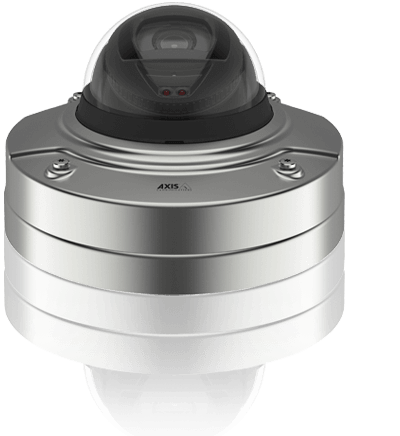
Multipurpose IP Security Cameras
Meeting today’s video surveillance challenges.
The video surveillance market is booming, driven by increased public and private security concerns, as well as a technology shift. The transition to network video is a reality as customers take advantage of flexible, industry standard systems for security and video surveillance. As security management over the IP network expands and intelligence capabilities move out to network cameras, systems can scale much more easily. This move to open systems empowers a much more productive and cost-effective means of surveillance than was ever possible. For the security manager, the shift to network video creates new opportunities where digital technology can be put to use to deliver maximum value.
